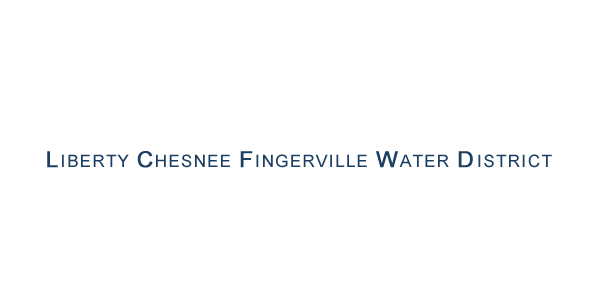Welcome Neighbors
The Liberty-Chesnee-Fingerville Water District was established in 1960 to provide water to the northeast portion of Spartanburg County and presently serves over 6,000 customers. We have the capabilities of serving any size service, whether it is commercial, industrial or residential. If you have a question or need information please call us at 864.461.2231, Monday-Thursday 8:00am to 5:00pm and Friday 8:00am to 12:00pm, or
We would like to take this opportunity to say we appreciate your business and welcome you as a customer.
Consumer Confidence Report
On August 6, 1998, Environmental Protection Agency promulgated the Consumer Confidence Report regulation. This rule requires public water systems to publish an annual report for distribution to their customers and other water consumers which gives detailed information about water sources, water treatment, water quality and regulatory compliance.
Read More
Source Water Information
Liberty-Chesnee-Fingerville Water District purchases water from the Spartanburg Water System (SWS) for distribution to residential, commercial and industrial customers. Spartanburg Water System uses surface water from three lakes within Spartanburg County: Lake William C. Bowen, Municipal Reservoir #1, and Lake Taylor H. Blalock.
Read More
Water Safety and Monitoring
All sources of drinking water are subject to potential contamination by substances that are naturally occurring or man made. These substances can be microbes, inorganic or organic chemicals and radioactive substances. All drinking water, including bottled water, may reasonably be expected to contain at least small amounts of some contaminants.
Read More


